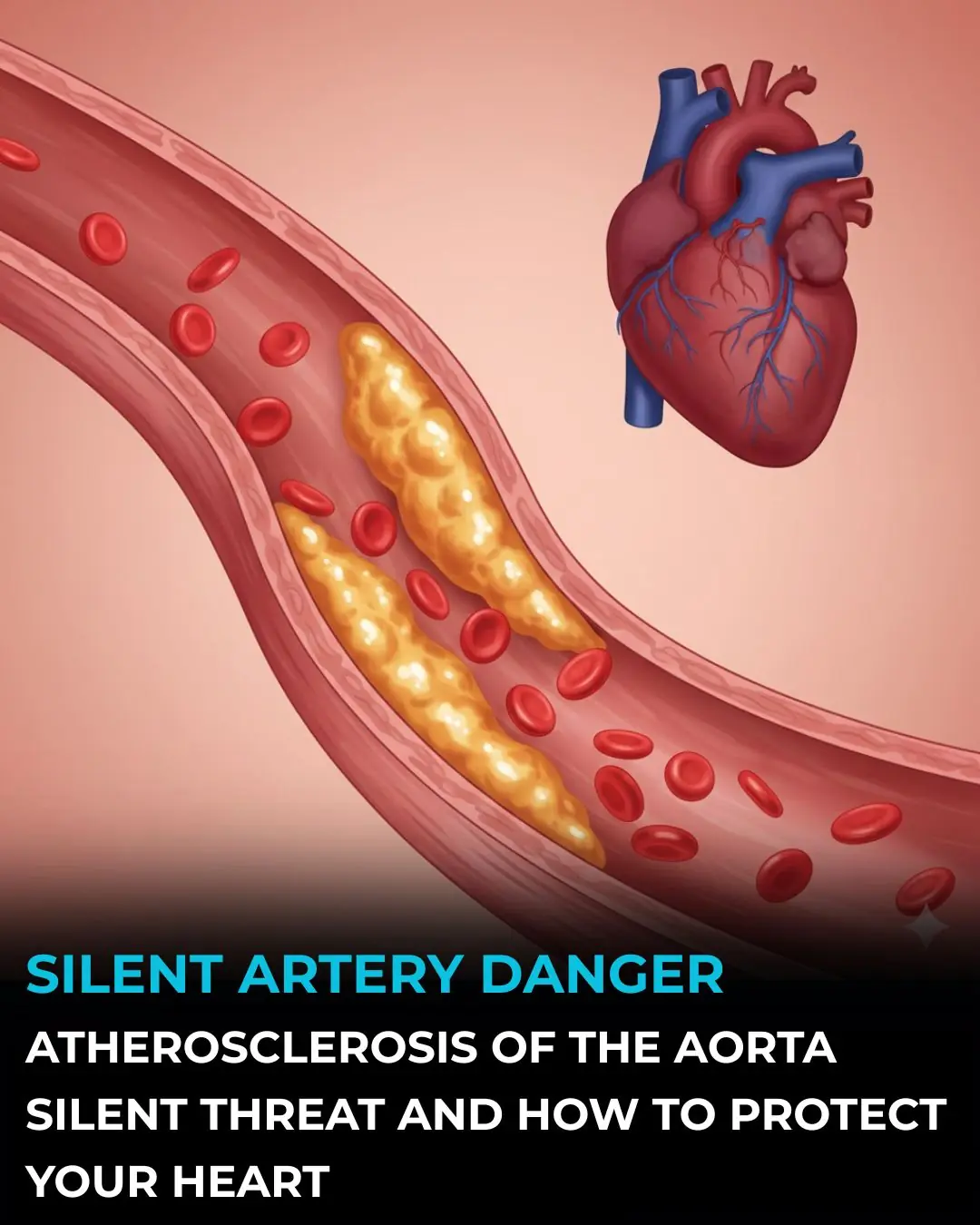
A Simple Black Blade That Saves Birds: The Surprising Wind Turbine Breakthrough
Rewritten & Expanded Article (≈1 page A4)
A small and seemingly simple design change can make a remarkable difference for wildlife living near renewable energy infrastructure. At the Smøla wind farm in Norway, researchers uncovered a striking result: painting just one blade of a wind turbine black reduced bird collisions by an impressive 70 percent. This breakthrough emerged from a long-running field experiment published in the journal Ecology and Evolution and supported by the Norwegian Institute for Nature Research (NINA). The underlying idea is straightforward—adding a black blade increases visual contrast, making the moving rotor easier for birds to detect. It disrupts the “motion smear” effect that typically makes turbine blades appear blurred or nearly invisible, especially at high speeds.
The improvement is especially significant for large avian species such as white-tailed eagles, seabirds, and raptors, which often struggle to perceive rapidly rotating blades in time to avoid impact. These species are more vulnerable due to their flight patterns, size, and tendency to focus on the ground below while searching for prey. By enhancing visual cues with just a single painted blade, the turbines become far more detectable, helping birds adjust their flight and avoid collisions long before danger becomes imminent.
Wind power remains one of the most important tools in reducing global carbon emissions and combating climate change. However, the issue of bird mortality has long been a major concern for conservationists and communities living near wind farms. This new finding demonstrates that advancing renewable energy does not necessarily come at the cost of harming wildlife. A simple application of black paint—low-cost, low-tech, and easy to implement—offers a practical solution that preserves both the efficiency of the turbine and the safety of surrounding ecosystems. According to studies referenced by the U.S. Fish and Wildlife Service and International Energy Agency (IEA), design innovations like this could help wind power scale responsibly while maintaining strong biodiversity protections.
Beyond its immediate impact, the Norwegian experiment highlights a broader principle: small, thoughtful design modifications can create disproportionately large environmental benefits. Engineers, policymakers, and conservationists across Europe and North America have taken interest in the technique, and discussions are underway on how to integrate similar visual enhancements into wind farms worldwide. The idea aligns with emerging research in environmental engineering that emphasizes “coexistence by design”—the concept that infrastructure and nature can operate in harmony through intentional, science-based adjustments.
This approach reinforces that sustainability and wildlife protection are not opposing goals. In some cases, the most effective solutions are surprisingly simple. By paying attention to bird behavior, flight patterns, and visual perception, renewable energy projects can continue to expand while minimizing ecological disruption. Thoughtful adaptation not only protects vulnerable species but strengthens public support for green technologies.
The Smøla wind farm experiment proves that even the smallest intervention—such as painting a single blade—has the potential to save countless bird lives and shape global conservation practices for years to come. It stands as an inspiring example of how innovation, environmental awareness, and clean energy can move forward together.
News in the same category


Why Your Dog Stares at You …What That Look Really Means

Do You Think Like an FBI Agent

Apple and Issey Miyake Redefine Tech Fashion With the $230 iPhone Pocket

A Silent Threat: How Aortic Atherosclerosis Develops and How You Can Protect Yourself

Firefighters Want Everyone To Know What They Should Never Plug Into A Power Strip

Uncovering the Viral Trigger Behind Lupus: Scientists Reveal a Surprising Link

New Study Shows Removing Processed Foods Can Reduce ADHD Symptoms by 53%

Kenyan Impostor Outsmarts Courts: Fake Lawyer Wins 26 Cases Before Shocking Unmasking

Experts reveal 10 baby names parents should avoid in 2026 as popular names that are set to go extinct revealed

The Real Reasons Men Stay in Relationships With Women They Don’t Love

If you suddenly wake up between 3:07 and 3:15 a.m., you should be extremely careful

NASA’s Perseverance Rover Detects Something on Mars That Shouldn’t Be There

Newly Discovered Molecule Could Allow Teeth to Heal Naturally, Transforming the Future of Dentistry

Sweden Turns School Lunchrooms Into Forest-Inspired Sanctuaries to Boost Student Well-Being

When Pleasing Others Hurts Your Health: New Study Links People-Pleasing to Autoimmune Risk

Why We Sleep With ‘T-Rex Arms’: A Self-Soothing Posture Linked to Stress and Neurodivergence

Choose the Longest Line
News Post

The One Show Faces Viewer Backlash Over ‘Gruelling’ Children in Need Challenge Squad Fundraiser

The wonderful uses of boiled beer, solving problems that every household encounters

Tom Fletcher and Son Buzz Deliver Emotional Duet for BBC Children in Need 2025

Beware Portuguese Man-of-War Found on Beach

Why Your Dog Stares at You …What That Look Really Means

Say Goodbye to Swelling: Natural Ways to Beat Water Retention Fast!

Why Some People’s Skin Turns Red When Drinking Alcohol

Do You Think Like an FBI Agent

What Your Nails Reveal About Your Health: Hidden Signs You Shouldn’t Ignore

Apple and Issey Miyake Redefine Tech Fashion With the $230 iPhone Pocket

A Silent Threat: How Aortic Atherosclerosis Develops and How You Can Protect Yourself

6 Groups of People Who Should Avoid Eating Duck Meat — No Matter How Much They Crave It

The #1 reason to drink lemon water daily (and the mistakes that ruin it)

3 Types of Coffee Proven to Boost Longevity and Lower the Risk of Heart Disease and Stroke

4 Foods You Shouldn’t Eat With Tofu

Firefighters Want Everyone To Know What They Should Never Plug Into A Power Strip

Uncovering the Viral Trigger Behind Lupus: Scientists Reveal a Surprising Link

A Quiet Hero: The 24-Year-Old Saving Over 1,400 Animals from Euthanasia
